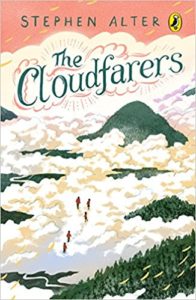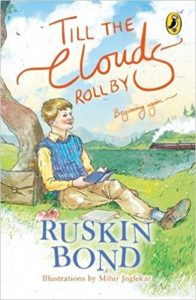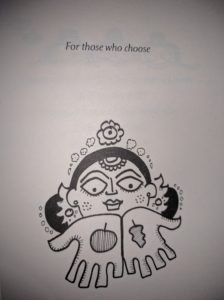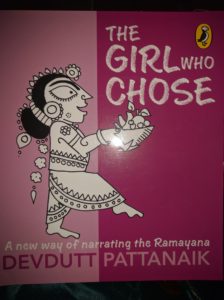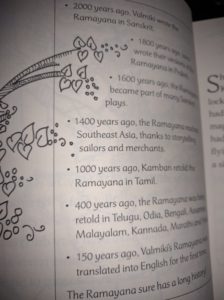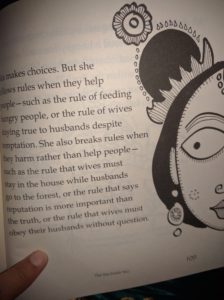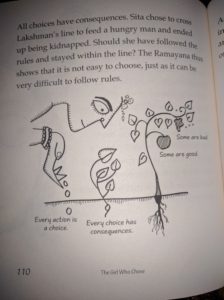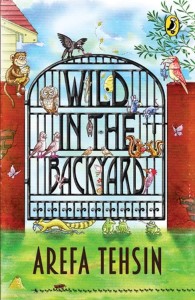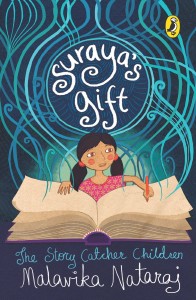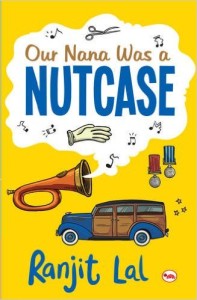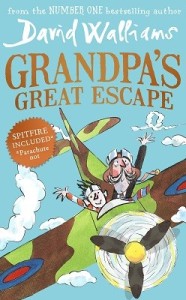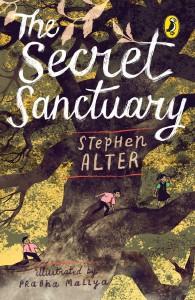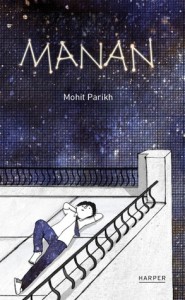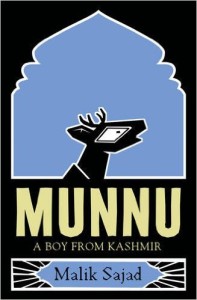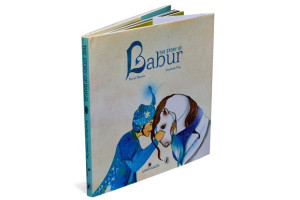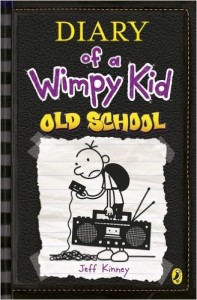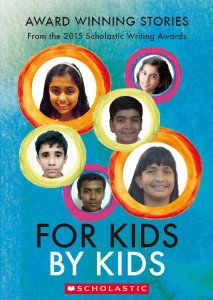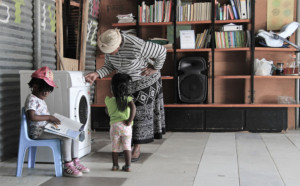Of ghosts, musicians and children
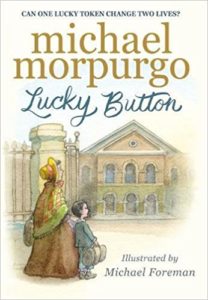 In an interesting coincidence two stories I read recently — Michael Morpurgo’s beautiful Lucky Button and the short story “They call me Ramatanu” in Subhadra Sengupta’s A Bagful of History — both involved ghosts and eminent musicians. Lucky Button is a haunting tale about the Foundling Hospital which opened in London in 1741. Its patrons included the cartoonist William Hogarth and musician Handel whose Messiah was often sung in the building. One of the foundlings later becomes a friendly ghost who remains in the chapel. Centuries later when young Jonah takes refuge in the building to escape his class bullies, the ghost makes himself visible to the boy and tells him a tale — a tale of his life as an orphan who found happiness for a while as the young prodigy, Mozart’s, companion on his trip to Britain. For Jonah music especially Handel’s music and Mozart’s piano compositions are dear since they remind him of his mother’s fondness for the compositions when she was fit and well and not confined to her wheelchair. It is like all the stories Michael Morpurgo spins — evocative and memorable.
In an interesting coincidence two stories I read recently — Michael Morpurgo’s beautiful Lucky Button and the short story “They call me Ramatanu” in Subhadra Sengupta’s A Bagful of History — both involved ghosts and eminent musicians. Lucky Button is a haunting tale about the Foundling Hospital which opened in London in 1741. Its patrons included the cartoonist William Hogarth and musician Handel whose Messiah was often sung in the building. One of the foundlings later becomes a friendly ghost who remains in the chapel. Centuries later when young Jonah takes refuge in the building to escape his class bullies, the ghost makes himself visible to the boy and tells him a tale — a tale of his life as an orphan who found happiness for a while as the young prodigy, Mozart’s, companion on his trip to Britain. For Jonah music especially Handel’s music and Mozart’s piano compositions are dear since they remind him of his mother’s fondness for the compositions when she was fit and well and not confined to her wheelchair. It is like all the stories Michael Morpurgo spins — evocative and memorable.
Subhadra Sengupta’s story is about Parvez Khan, son of Ustad Amanullah Khan, the great Dhrupad singer who is visiting his maternal grandparents in Gwalior. One day while visiting the mausoleum of the Sufi saint Sheikh Muhammad Ghaus, an important shrine for Parvez Khan’s family because one of the disciples of Ghaus was the singer Tansen. While at the shrine Parvez meets a stranger and gets into an interesting conversation about music and his desire to give up singing. The stranger gently persuades Parvez to sing him a Raag Todi and is pleasantly surprised to hear that Parvez would soon be graduating to his second Raag Malhar soon. The stranger himself was not permitted to learn the second Raag for at least two years, not till he had mastered Raag Yaman. The stranger as it turns out to be is the ghost of Tansen who had been born as a Ramtanu Pandey but later became a sufi. The Agra gharana of Hindustani classical music traces its lineage to the children of Tansen. “They call me Ramatanu” stands out as one of three good stories in what is an otherwise a problematic collection of twelve “historical” tales. ( The other two good stories are “The young monk” and “Disobedient girl”.)
Michael Morpurgo Lucky Button ( Illustrated by Michael Foreman) Walker Books, London, 2017. Hb. pp. 170 Rs 599
Subhadra Sen Gupta A Bagful of History ( Illustrated by Tapas Guha) Puffin Books, an imprint of Penguin Random House, Gurgaon, 2018. Pb. pp. 240 Rs 250
8 May 2018

